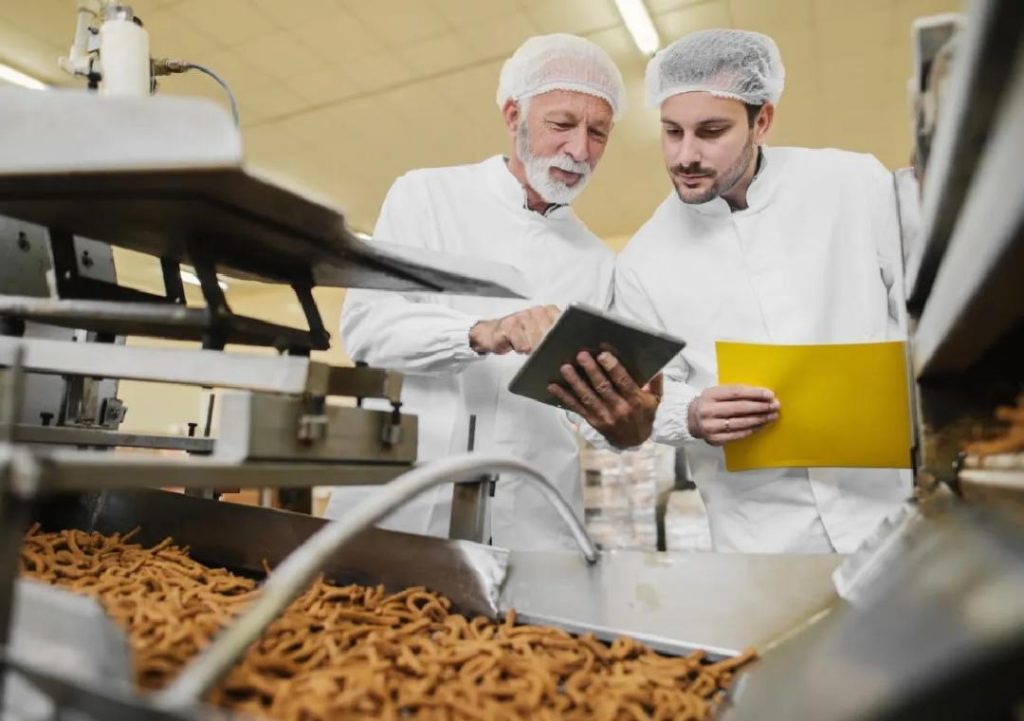
Can P&L Optimisation Redefine Success in Food Technology?
The food technology industry is witnessing a significant shift towards P&L optimisation, with companies leveraging automation, smart inventory systems, and data analytics to streamline their profit and loss operations. This transformation is enabling businesses to cut waste, sharpen demand forecasting, and make better decisions, ultimately leading to improved profitability and sustained growth.
Food tech companies are under intense pressure to stay competitive in the market, meet rising consumer expectations, and respond to the ever-changing food landscape. In this environment, P&L optimisation has become a critical component of success. By adopting scalable models and leveraging advanced technologies, businesses can boost margins, reduce costs, and ensure sustainable growth.
The Importance of P&L Optimisation in Food Technology
P&L optimisation is crucial in food technology because it enables companies to:
- Reduce waste: By automating inventory management and tracking production, food tech companies can identify areas where waste is occurring and take corrective action to minimize losses.
- Improve demand forecasting: Advanced analytics and machine learning algorithms can help businesses accurately predict demand, allowing them to adjust production accordingly and reduce the risk of overstocking or understocking.
- Enhance decision-making: With access to real-time data and analytics, food tech companies can make informed decisions about pricing, production, and inventory management, leading to improved profitability and reduced costs.
- Increase efficiency: P&L optimisation enables businesses to streamline operations, reduce manual errors, and improve supply chain management, leading to increased efficiency and reduced costs.
The Role of Automation in P&L Optimisation
Automation plays a critical role in P&L optimisation in food technology. By automating tasks such as inventory management, production planning, and supply chain management, businesses can:
- Reduce manual errors: Automation minimises the risk of human error, ensuring that data is accurate and up-to-date.
- Increase speed: Automation enables businesses to respond quickly to changes in demand and supply chain disruptions.
- Improve accuracy: Automation ensures that data is accurate and reliable, enabling businesses to make informed decisions.
The Importance of Smart Inventory Systems
Smart inventory systems are a critical component of P&L optimisation in food technology. These systems use data analytics and machine learning algorithms to track inventory levels, predict demand, and identify areas where waste is occurring. By leveraging smart inventory systems, food tech companies can:
- Minimise inventory levels: Smart inventory systems enable businesses to maintain optimal inventory levels, reducing the risk of overstocking or understocking.
- Improve forecasting: Smart inventory systems can predict demand with high accuracy, enabling businesses to adjust production accordingly.
- Identify waste: Smart inventory systems can identify areas where waste is occurring, enabling businesses to take corrective action to minimize losses.
The Role of Data Analytics in P&L Optimisation
Data analytics plays a critical role in P&L optimisation in food technology. By leveraging data analytics, businesses can:
- Identify trends: Data analytics enables businesses to identify trends and patterns in demand, production, and inventory levels.
- Improve forecasting: Data analytics can predict demand with high accuracy, enabling businesses to adjust production accordingly.
- Enhance decision-making: Data analytics provides businesses with real-time data and insights, enabling them to make informed decisions about pricing, production, and inventory management.
Case Studies: Success Stories in P&L Optimisation
Several food tech companies have successfully implemented P&L optimisation strategies, resulting in improved profitability and sustained growth. Here are a few case studies:
- Company X: A leading food tech company in the United States implemented a P&L optimisation strategy, leveraging automation, smart inventory systems, and data analytics. As a result, the company was able to reduce waste by 20%, improve demand forecasting by 15%, and increase efficiency by 10%.
- Company Y: A food tech company in Europe implemented a P&L optimisation strategy, leveraging advanced analytics and machine learning algorithms. As a result, the company was able to increase profitability by 12%, reduce costs by 10%, and improve supply chain management by 15%.
Conclusion
P&L optimisation is a critical component of success in food technology. By leveraging automation, smart inventory systems, and data analytics, food tech companies can improve profitability, reduce waste, and ensure sustainable growth. As the industry continues to evolve, P&L optimisation will play an increasingly important role in enabling businesses to stay competitive and meet rising consumer expectations.
For more information on P&L operations in food tech, visit:
https://www.growthjockey.com/blogs/p-and-l-operations-in-food-tech






